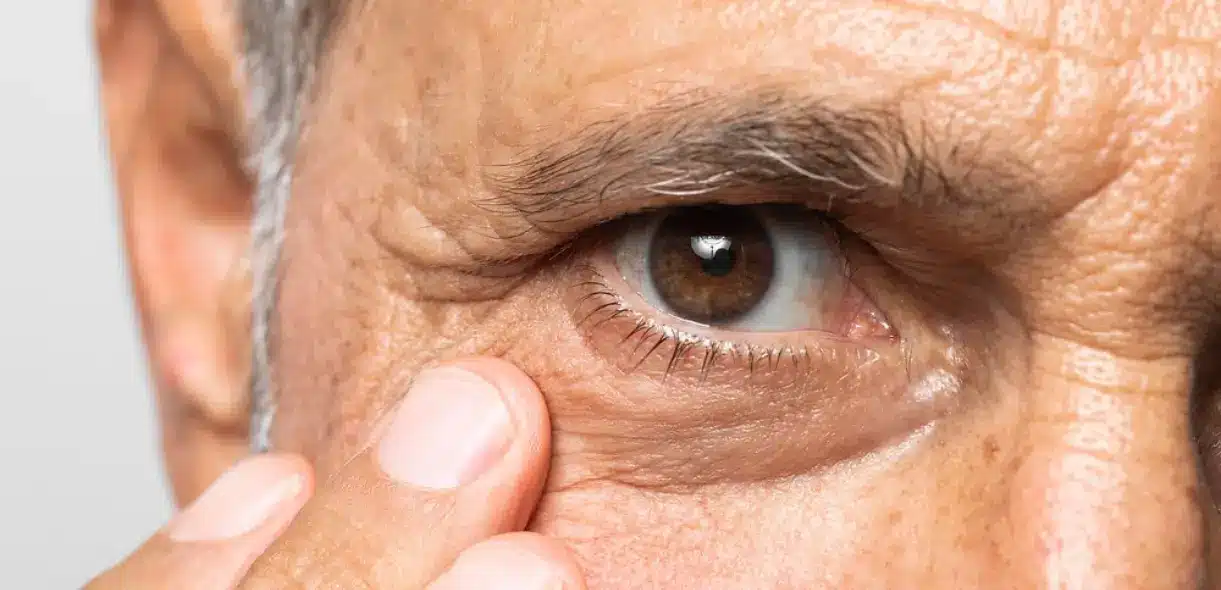In the realm of eye health, glaucoma stands as one of the leading causes of irreversible blindness worldwide. Characterized by progressive damage to the optic nerve, often associated with increased intraocular pressure, glaucoma demands proactive measures for prevention and management. While medical interventions play a pivotal role, emerging research underscores the significance of lifestyle factors such as diet and exercise in mitigating the risk of glaucoma. In this article, we delve into the impact of a glaucoma prevention diet and targeted exercises in safeguarding ocular health.
Glaucoma Prevention Diet

The impact of diet on ocular health cannot be overstated, especially when it comes to preventing conditions like glaucoma. A carefully curated glaucoma prevention diet can significantly reduce the risk of vision loss by targeting key factors such as oxidative stress and inflammation. In this section, we explore the role of antioxidant-rich foods, omega-3 fatty acids, and the importance of maintaining stable blood sugar levels in preserving eye health and preventing glaucomatous damage. By incorporating these dietary strategies into daily life, individuals can take proactive steps towards safeguarding their vision for the long term.
Antioxidant-Rich Foods
Consuming a diet abundant in antioxidants holds promise in protecting against oxidative stress, a key contributor to glaucomatous damage. Foods such as dark leafy greens, berries, and colorful vegetables are rich sources of antioxidants like vitamins C and E, which help neutralize free radicals and reduce inflammation.
Omega-3 Fatty Acids
Incorporating omega-3 fatty acids into the diet has been associated with a lower risk of glaucoma progression. Cold-water fish like salmon, mackerel, and sardines are excellent sources of these beneficial fats, known for their anti-inflammatory properties.
Maintaining Stable Blood Sugar Levels
Fluctuations in blood sugar levels can exacerbate glaucoma risk, particularly in individuals with diabetes. Choosing complex carbohydrates, lean proteins, and healthy fats over refined sugars can aid in stabilizing blood sugar levels and supporting overall ocular health.
Glaucoma Prevention Exercises

Beyond dietary considerations, incorporating targeted exercises into one’s routine is essential for maintaining optimal ocular health and preventing the progression of glaucoma. In this section, we explore the benefits of various exercises tailored to support eye health, including cardiovascular activities, stress-reducing practices like yoga and meditation, and specific eye exercises designed to enhance circulation and muscle strength. By embracing a comprehensive approach to eye care that includes both diet and exercise, individuals can take proactive steps towards preserving their vision and minimizing the risk of glaucomatous damage.
Cardiovascular Exercise
Engaging in regular cardiovascular exercise not only promotes cardiovascular health but also aids in regulating intraocular pressure. Activities such as brisk walking, jogging, cycling, and swimming stimulate blood flow to the eyes, helping to maintain optimal ocular function.
Yoga and Meditation
Stress management plays a crucial role in glaucoma prevention, as heightened stress levels can elevate intraocular pressure. Practicing yoga, meditation, and deep breathing exercises can promote relaxation, reduce stress, and potentially lower the risk of glaucomatous progression.
Eye Exercises
Specific eye exercises designed to improve circulation, strengthen eye muscles, and promote flexibility may contribute to maintaining healthy intraocular pressure. Techniques such as eye rotations, focusing exercises, and palming can be incorporated into daily routines to support ocular wellness.
Conclusion
Incorporating a glaucoma prevention diet rich in antioxidants, omega-3 fatty acids, and blood sugar-stabilizing nutrients, along with targeted exercises aimed at promoting cardiovascular health, stress reduction, and ocular strength, holds immense potential in safeguarding against the onset and progression of glaucoma. While these lifestyle modifications complement traditional treatment approaches, individuals should consult with healthcare professionals for personalized guidance tailored to their unique needs. By embracing proactive measures and adopting a holistic approach to eye care, we can strive towards preserving precious vision and promoting lifelong ocular health.
While diet and exercise play important roles in overall health, there’s limited evidence to suggest they can directly prevent glaucoma. However, adopting a healthy lifestyle, including a balanced diet and regular exercise, may help reduce risk factors associated with glaucoma development.
Individuals with a family history of glaucoma, those with risk factors such as high intraocular pressure or diabetes, and older adults are most likely to benefit from incorporating dietary and exercise changes into their routine for glaucoma prevention.
While diet and exercise can contribute to overall health and potentially reduce the risk of certain eye conditions, including glaucoma, they may not be sufficient on their own to prevent the disease. Other factors such as genetics, age, and medical history also play significant roles in glaucoma risk.
Generally, a balanced diet and moderate exercise pose minimal risks. However, individuals should be cautious with certain dietary supplements or extreme exercise regimens that claim to prevent or cure glaucoma, as these may lack scientific evidence and could potentially be harmful.
Yes, it’s essential to consult with a healthcare professional before making any significant changes to your diet or exercise routine, especially if you have existing health conditions or concerns. Your doctor can provide personalized guidance tailored to your specific needs and help ensure that any changes are safe and effective.


